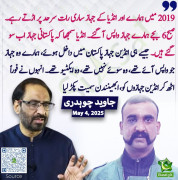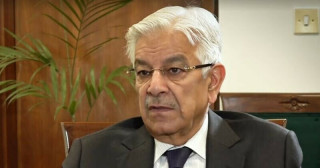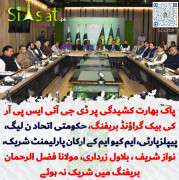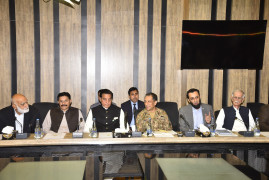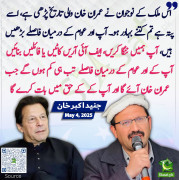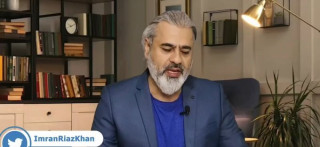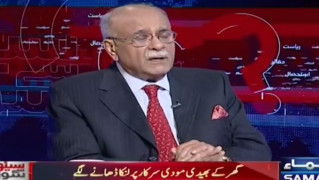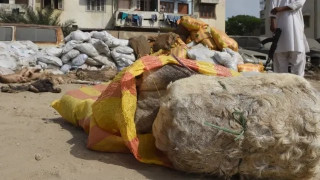Star Gazer
Chief Minister (5k+ posts)
I am posting some comparison of healthcare related facts for the kind information of my country fellows,again the purpose is to let you all know how far we have come mostly on our own inspite of having inherited the most underdeveloped and rural areas at the time of Pakistan's creation. Indian members do not have to read but are most welcome.
India Healthcare Facilities.
Because of fast population growth, the number of licensed medical practitioners per 10,000 individuals had fallen by the late 1980s to three per 10,000 from the 1981 level of four per 10,000 meaning 1 physician per 2225 people. In 1991 there were approximately ten hospital beds per 10,000 individuals. However for comparison, the in China for comparison there are 1.4 doctors per 1000 people.
According to data provided in 1989 by the Ministry of Health and Family Welfare, the total number of civilian hospitals for all states and union territories combined was 10,157. In 1991 there was a total of 811,000 hospital and health care facilities beds.
The number of people living with AIDS in India is estimated to be between 5 and 6 million. .India has the world's third largest population suffering from AIDS, after South Africa and Nigeria
Most Indian women are malnourished.The maternal mortality in India is the second highest in the world.
India has approximately 600,000 allopathic doctors registered to practice medicine. This number however, is higher than the actual number practicing because it includes doctors who have emigrated to other countries as well as doctors who have died. India licenses 18,000 new doctors a year.[32].
Pakistan Health care Facilities
According to official data, there are 127,859 doctors and 12,804 health facilities in the country to cater for over 170 million people.[1] In 2007 there were 85 physicians for every 100,000 persons in Pakistan. Or in other words, one doctor for 1,225 people. In contrast to most countries, we a have a dearth of nurses and there are only 62,651 nurses all over the nation who are supplemented with a strong force of 96,000 Lady Health Workers (primary health care providers). According to the latest Ministry of Health Pakistan statistics, there were 13,937 health institutions in the country including 945 hospitals (with a total of 103,285 hospital beds), 4,755 dispensaries, 5,349 Basic Health Units (mostly in rural areas), 903 Mother and Child Care Centers, 562 rural health centers and 290 TB centers.[2][3]
HIV is not a dominant epidemic in the adult population of Pakistan
India Healthcare Facilities.
Because of fast population growth, the number of licensed medical practitioners per 10,000 individuals had fallen by the late 1980s to three per 10,000 from the 1981 level of four per 10,000 meaning 1 physician per 2225 people. In 1991 there were approximately ten hospital beds per 10,000 individuals. However for comparison, the in China for comparison there are 1.4 doctors per 1000 people.
According to data provided in 1989 by the Ministry of Health and Family Welfare, the total number of civilian hospitals for all states and union territories combined was 10,157. In 1991 there was a total of 811,000 hospital and health care facilities beds.
The number of people living with AIDS in India is estimated to be between 5 and 6 million. .India has the world's third largest population suffering from AIDS, after South Africa and Nigeria
Most Indian women are malnourished.The maternal mortality in India is the second highest in the world.
India has approximately 600,000 allopathic doctors registered to practice medicine. This number however, is higher than the actual number practicing because it includes doctors who have emigrated to other countries as well as doctors who have died. India licenses 18,000 new doctors a year.[32].
Pakistan Health care Facilities
According to official data, there are 127,859 doctors and 12,804 health facilities in the country to cater for over 170 million people.[1] In 2007 there were 85 physicians for every 100,000 persons in Pakistan. Or in other words, one doctor for 1,225 people. In contrast to most countries, we a have a dearth of nurses and there are only 62,651 nurses all over the nation who are supplemented with a strong force of 96,000 Lady Health Workers (primary health care providers). According to the latest Ministry of Health Pakistan statistics, there were 13,937 health institutions in the country including 945 hospitals (with a total of 103,285 hospital beds), 4,755 dispensaries, 5,349 Basic Health Units (mostly in rural areas), 903 Mother and Child Care Centers, 562 rural health centers and 290 TB centers.[2][3]
HIV is not a dominant epidemic in the adult population of Pakistan

